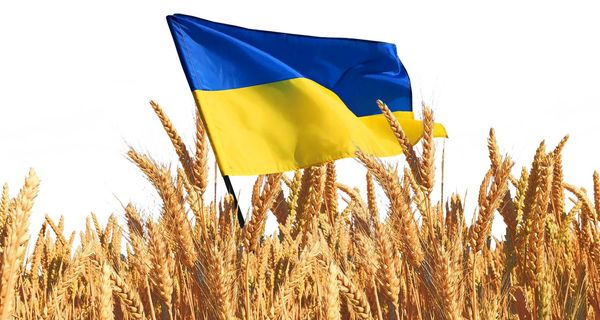People, words, buildings, stories, and moods—all of these and more have contributed to creating the Budapest we know today over the past 150 years. To mark the anniversary, we asked people who are connected to the capital by a thousand (or at least a hundred and fifty) threads about the past and future of Budapest and their personal connection to the city.
Ábel Zsendovits, manager & co-owner at Szimpla Kert
What would you have been in Budapest 150 years ago?
If I had the choice, I would have run the entertainment district called Constantinople in Budapest in Lágymányos, and helped Károly Somossy in making his idea flourish (which, unfortunately, only operated for two years). But I would have also liked to run a coffee shop or a café.

The differences in geography, history, and development still create tangible contrasts between Buda and Pest. What do you like about both?
I definitely adore Pest for its bustling atmosphere, but of course Buda is also necessary for the Janus-faced nature of our wonderful city, which makes it an amazing place to live.
What are the best and worst things about Budapest?
It’s impossible to single out one best thing when there are so many, but perhaps the Danube and our thermal waters, which have been with us since time immemorial. At the same time, we are not able to fully exploit their potential (baths, thermal energy, recreation, sports), we are only following in the footsteps of our ancestors and the average citizen of Pest does not (or cannot) experience these marvels. The worst is that ‘too many cooks spoil the broth’ and there is no Public Works Council (as there has been for 150 years) to protect and care for the city. Unfortunately, the current political structure (23 districts and the agglomeration) is not suited to the effective management of a city.

Which image and/or song best describes Budapest for you?
Gloomy Sunday by Rezső Seress is pretty much known to everyone in the world and (unfortunately) perfectly resonates with the Hungarian spirit—so for that reason alone, I’d put George Ezra’s Budapest on the jukebox.
If you had to recommend a book about Budapest that might also be available in a foreign language, which would it be?
In many cases, the complexity of the Hungarian language makes the translation almost impossible, but András Török’s Budapest guidebook is always a fresh must-read for any newcomer, and as for literature, perhaps a novel by Sándor Márai can best evoke the capital’s old glory.
Who or what is the most ‘Budapester’ person or thing for you?
I can’t pick one person, which is probably fine, as so many have contributed and still contribute to the idea of the ‘Budapester’. The “thing” for me is the ‘Pest Pavement,’ which has unfortunately lost much of its old charm—instead of beautiful ceramites and hand-carved cobblestones, today we mostly walk on asphalt and frugal, cheap concrete paving stones, if we are left any room by cars at all...



If you had to live in one of the region’s other capitals instead of Budapest—Vienna, Belgrade, Ljubljana, Bratislava, Prague, Warsaw, or Zagreb—, which one would you choose?
As long as I feel young and I can and want to dance, I’d choose the ever-vibrant Belgrade, and for my retirement, I’d love to live on Vienna’s cake and coffee combos.
How do you see Budapest in another 150 years?
I wish for us to take good care of Budapest, and I can only hope that beside universal sustainability and everyday walking, the rise of public and shared transport will define our daily lives and streetscapes. And that our elite will finally recognize the advantages of urban over suburban living and reverse the trend of out-migration.
Portrait: Ábel Zsendovits
Graphic design: Roland Molnár

Cheap Ukrainian grain destroys Central Europe

Recreate iconic scenes from Star Wars: Return of the Jedi with new LEGO dioramas!










